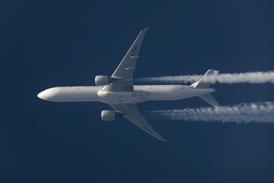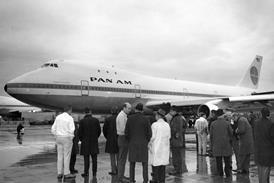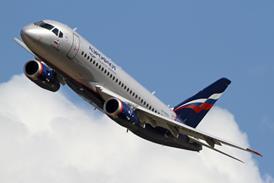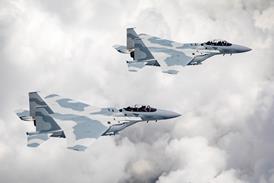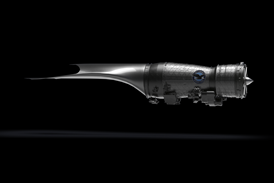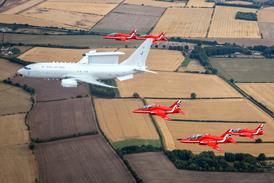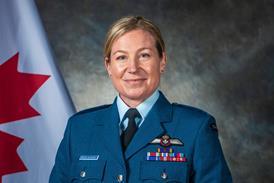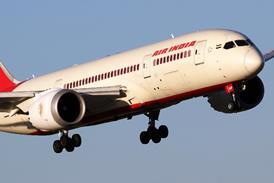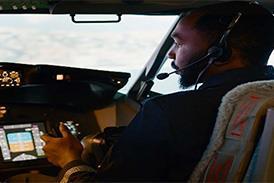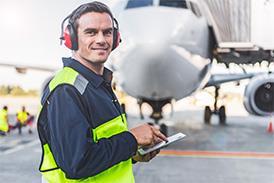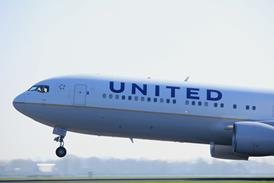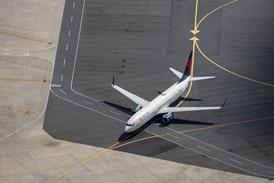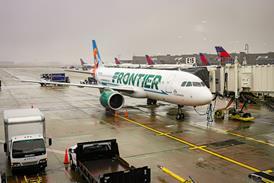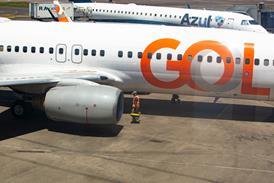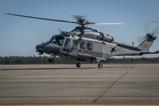Although a final decision on Canada’s procurement of more US-made Lockheed Martin F-35 stealth fighters rests with Prime Minister Mark Carney, some of the country’s top defence officials are expressing support for the planned acquisition.
Speaking before parliament in Ottawa on 7 October, the chief of the Royal Canadian Air Force (RCAF) and the deputy defence minister both noted the strategic need to swiftly replace the country’s aged and obsolete fleet of Boeing F/A-18A Hornets – Canada’s primary tactical jet.
“Through this project, we’re making sure that the RCAF has the capacity they need to carry out the mandate that’s been given to them by the government of Canada,” says Stefanie Beck, deputy minister of national defence.
The Hornets, Beck adds, “must be fully replaced by 2032”.
Canada in 2023 selected Lockheed’s conventional take-off and landing F-35A as its next frontline fighter, committing to field 88 examples.
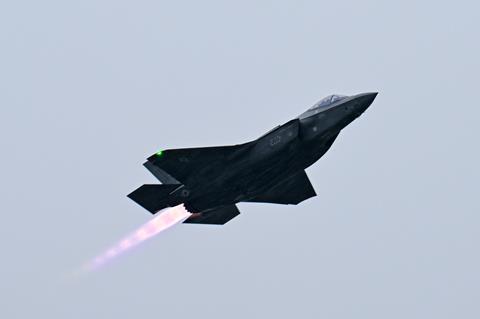
However, those plans have been thrown into doubt by the rapid deterioration of Canada-US relations under US presidential revenant Donald Trump, who returned to the White House in January for a second term after being electorally ousted in 2020.
Canadian opinion on the country’s F-35 programme has soured as relations between Canada and the USA have reached their worst state in a century, the result of the Trump Administration’s divisive rhetoric about Canadian sovereignty and a trade war specifically targeting Canada.
Ottawa has already committed funds for its first tranche of 16 F-35As, meaning the RCAF will operate at least that many of the stealth fighters.
At issue is whether or not Ottawa will proceed with the full order for 88 jets – a decision that rests with Prime Minister Carney, according to Beck and other defence officials.
“I am very committed to providing the prime minister with all the information he needs to make a reasoned judgement and I am focusing on doing just that,” says Lieutenant-General Jamie Speiser-Blanchet, commander of the RCAF, who also spoke before parliament.
However, Beck also says the defence department is moving “full steam ahead” with the previous acquisition plans until directed otherwise.
“What we have as direction is to continue with the contract, with the arrangements we have in place,” she says. “We are full steam ahead.”
Current plans will see Canada’s first F-35A delivered to the US Air Force’s Luke AFB in 2026, where an initial batch of jets will be used to train the RCAF’s first cohort of F-35 pilots and maintainers.
The RCAF will start bringing its new fighters home in 2028.
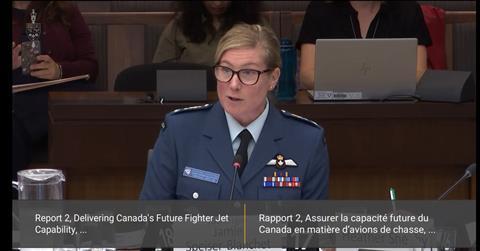
Speiser-Blanchet told FlightGlobal in August that she is committed to turning the service into a fifth-generation air force, an evolution she now calls a “very important and significant shift for the RCAF”.
“Our adversaries are advancing in their technologies at a very rapid pace, and at the moment, both China and Russia have fifth-generation fighter aircraft and fifth-generation missiles that are able to go at much greater speed and with much more lethality, that are holding Western allies at risk,” the Canadian air chief says.
Speiser-Blanchet says the RCAF must be able to meet Canada’s obligations to the joint Canada-US North American Aerospace Defense Command (NORAD), which often includes scrambling fighters to intercept Russian military aircraft operating around the coast of Alaska and Northern Canada.
Canada also regularly deploys fighter aircraft to Eastern Europe as part of NATO’s air policing mission.
“We must meet our NATO and NORAD obligations concurrently,” Beck says. “Quite simply our current fighter, the Hornet, does not meet the need.”
When asked about what options the government might pursue if Carney opts against the full F-35 procurement, defence officials were less clear.
Citing the added sustainment burden, retired RCAF officers have cautioned against the service fielding a mixed fleet of fighters, which could include a fourth-generation type like the Saab Gripen E/F or Dassault Rafale alongside a reduced contingent of F-35As.
Speiser-Blanchet did not directly answer a question about plans to acquire a new fourth-generation type. However, she does note that the RCAF was always going to temporarily operate a mixed fleet as it transitions from the F/A-18A to the F-35A.
“That will be a very intricate and deliberate endeavour,” she says.
She also notes the RCAF might some day pursue fielding of a sixth-generation fighter, which would also necessitate maintaining a mixed fleet.
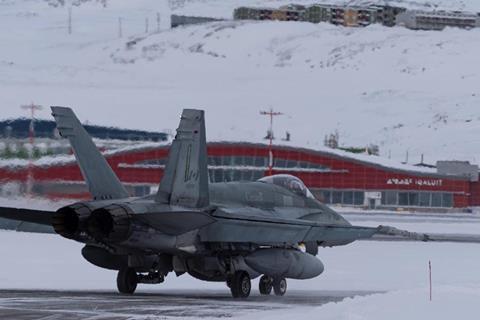
What is clear is that Ottawa has few good options for ditching the F-35, which is the Western world’s only fifth-generation stealth fighter in active production.
The government had previously promised to deliver a report on the matter by the end of summer – a deadline that has now come and gone.
Adding to the dilemma is that Canadian manufacturing firms have significant contracts to supply to country’s F-35 programme, business that was negotiated under the original deal with Lockheed.
The RCAF says 30 domestic companies are involved with the procurement of parts for new-build F-35As, with additional contracts for sustainment of operational aircraft.
“Seventy-five percent of the costs related to F-35s are related to maintenance and upkeep, most of which will be done here in Canada,” said Stephane Van de Maele, a policy advisor to Speiser-Blanchet, in an 8 October LinkedIn post.
Van de Maele also dismissed as false one of the recurring criticisms of the F-35, namely that Washington has the ability to remotely disable the aircraft of any allies deemed lacking by the powers that be.
“There’s no kill switch,” Van de Maele says.
Unsubstantiated claims about a so-called F-35 kill switch circulated widely on the internet earlier this year, eventually being denied by the Pentagon, Lockheed and several allied governments in Europe.
A glimpse into Ottawa’s latest thinking on the matter of F-35 acquisitions could soon be made public.
Canada’s inspector general is now scheduled to appear before parliament on 21 October to discuss the latest review of the country’s fighter modernisation plans.


